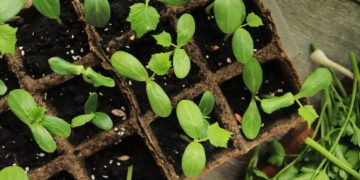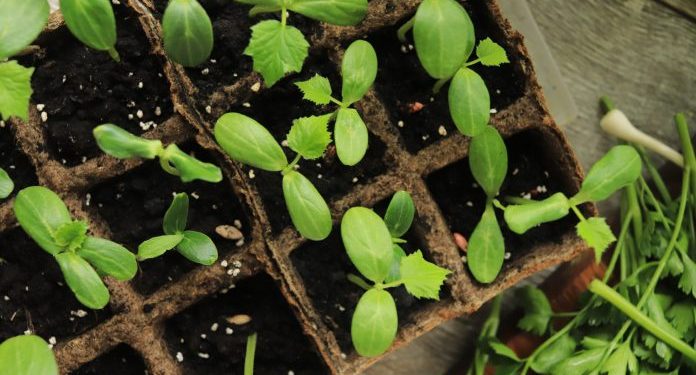#Agriculture #SoilHealth #ArtificialIntelligence #SustainableFarming #PrecisionAgriculture #ClimateResilience #FoodSecurity #TechnologicalInnovation
As the global population surges towards an anticipated 10 billion by 2050, the pressure on agricultural systems intensifies. Farmers worldwide grapple with mounting challenges exacerbated by climate change, jeopardizing food security on a global scale. According to a NASA-led study, maize production alone faces a projected reduction of 24% by 2030, highlighting the urgency for innovative solutions.
In the quest for sustainable agriculture, attention increasingly turns to the vital role of soil health. Across diverse croplands, from the fertile expanses of the American Midwest to fields worldwide, the erosion of topsoil threatens food production. Preserving soil fertility emerges as agriculture’s foremost challenge.
Artificial Intelligence and Creating Healthier Soils:
Central to this quest is the integration of Artificial Intelligence (AI) and Machine Learning (ML) technologies. These cutting-edge tools offer unprecedented insights into soil health dynamics, empowering farmers and agronomists to make informed decisions.
AI Techniques Unveiled:
AI and ML algorithms harness vast datasets, including historical soil information and real-time sensor data, to generate predictive models. By analyzing soil texture, moisture levels, erosion risks, and nutrient content, AI augments traditional soil analysis methods with unparalleled accuracy and efficiency.
Applications in Agriculture:
The applications of AI in agriculture are multifaceted, spanning from precision nutrient management to pest control and risk assessment. By digitizing soil data and leveraging predictive analytics, farmers optimize resource allocation and enhance crop resilience.
Real-World Impacts:
In the United States, initiatives such as the USDA NRCS-funded study on radar-based soil moisture measurement underscore the transformative potential of AI in agriculture. Partnerships between public and private entities, exemplified by The Missouri Partnership’s collaboration with Climate FieldViewTM, empower farmers with actionable insights for improved decision-making.
Challenges and Opportunities:
Yet, integrating AI into soil health assessments poses challenges. Access barriers, technological complexities, and data privacy concerns necessitate concerted efforts to democratize AI solutions and ensure inclusive adoption. International cooperation and regulatory harmonization emerge as imperative for maximizing AI’s potential in agriculture.
Looking Ahead:
Despite challenges, the trajectory of AI in agriculture is undeniably upward. Forecasts project exponential growth, with the global AI in agriculture market anticipated to exceed $11 billion by 2032. As farmers embrace AI-driven innovations, the prospect of sustainable soil management practices brightens, heralding a future where agricultural resilience meets the demands of a burgeoning population.
In the race to sustainably feed a growing global population, the significance of soil health cannot be overstated. Leveraging AI technologies, farmers and agricultural stakeholders stand poised to revolutionize soil management practices, ensuring the resilience and productivity of agricultural systems for generations to come.

































